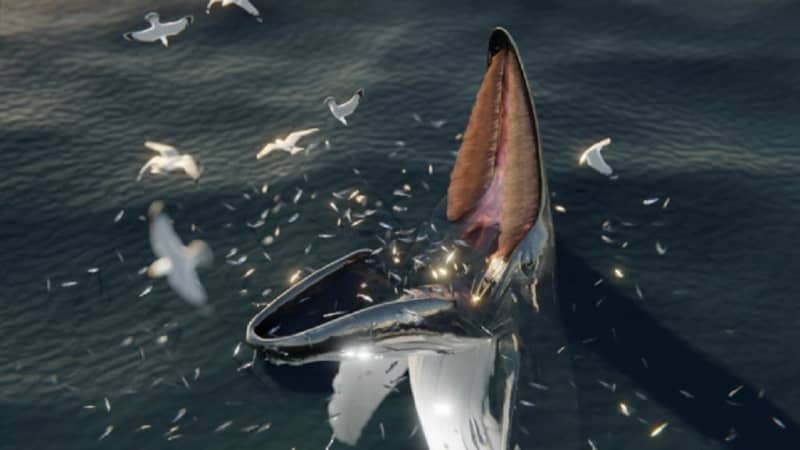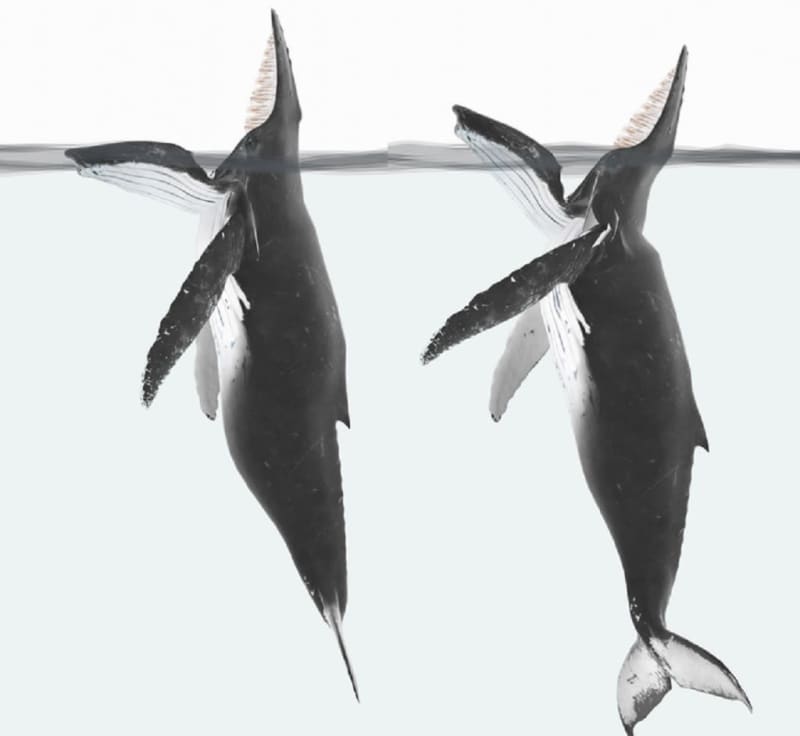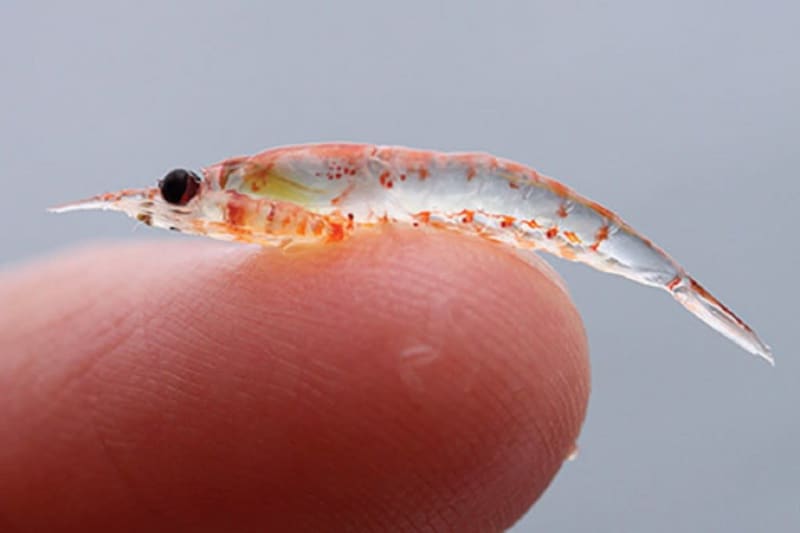
Whale research combines Scandinavian sagas and marine biology. The other two traced the change in humpback whales’ courtship habits and the effect of small crustaceans on the reproduction of the giants of the seas.
Whale researchers think they have found one explanation for the mythical sea monsters known from Scandinavian sagas and other ancient stories.
Whales have a habit of swimming towards their prey, but in the last decade, information also began to accumulate about another type of predation. In it, the whale stays upright just under the surface and waits until a school of fish swims between the open jaws of the father-in-law, as shown in the video from a couple of years ago.
According to the researchers, the method works because the fish imagine they have found a refuge from predators, not a big death trap.
Why was such predation only discovered a good decade ago? The habit may have become more common due to environmental changes, the researchers think. On the other hand, the explanation can also be that whales can be observed much better than ever before with the help of modern technology.
– I drew attention to how similar the predatory whale in the video and the Hafgufa of the ancient Scandinavians seemed. At first I thought it was just an interesting coincidence, but in discussions with colleagues specializing in medieval literature, we came to a different result, says McCarthy.
Hafgufa appears in Icelandic myths until the 18th century. The newer the stories are, the wilder creatures they describe. For a long time, researchers have wondered if the reason for the proliferation of monster stories could be some natural phenomenon, such as underwater volcanic eruptions.
– Marine biologists assumed that they would have no way to find out how long whales have had this now discovered predatory technique. We have been able to answer at least some of their questions.
There is a simple explanation for the seemingly incredible texts of the Middle Ages, the behavior of whales, which the people of that time had seen but not us, Sebo sums up.

Recent whale research has produced other new information about the relationship between the giants of the seas and their habitat.
– In 2015, the situation was completely different. The number of silent males among those looking for a breeding partner was almost five times higher than that of singing males, says Dunlop.
The whales’ habits may have changed because humans stopped catching them. In 1997, the humpback whale population in the area was recovering, but there were still only about 3,700 individuals. By 2015, the number had increased sevenfold to 27,000.
When there are many competitors, singing is not worth it, as it announces to others that there is a female nearby worth pursuing, the study concludes.
What about when the courtship is over? A US study published in January in the journal Global Change Biology shows for the first time the critical importance of the number of krill crustaceans for whether a humpback whale becomes pregnant.

The researchers found out how the reproduction of humpback whales succeeded between 2013 and 2020 in the waters of the peninsula on the western edge of Antarctica, where krill fishing by both whales in the southern hemisphere and humans is largely concentrated.
Humans and whales are driven to krill workshops for the same reason: krill are very high in protein and fat. The catch that people get mostly ends up in fish farms. As the stocks of fish species used in farms have weakened, people are increasingly ordering large krill catches.
In order to become pregnant, a female whale has to fatten herself up as much as possible, and the amount of krill directly affects that, the study says.
After a good krill year in 2017, 86 percent of the females in the study were pregnant. After the bad year 2020, the share of those who carried was only 29 percent.
The studied area is one of those where the effects of climate change on our planet are most visible, especially in the form of the decreasing amount of sea ice. The abundance of each krill generation depends on the protection provided by the ice and the nutrition provided by the seaweed.
There is currently less sea ice in Antarctica than at any time in 40 years of satellite monitoring, Germany’s Alfred Wegener Institute and the University of Bremen reported last month.
The research vessel Polarstern reports that the Bellinghausen Lake it is currently investigating is practically ice-free.
*The documentary explains what drives whales to die on the world’s beaches. There are many possible causes: extreme weather phenomena, noise pollution, toxic emissions and container ship traffic.*
